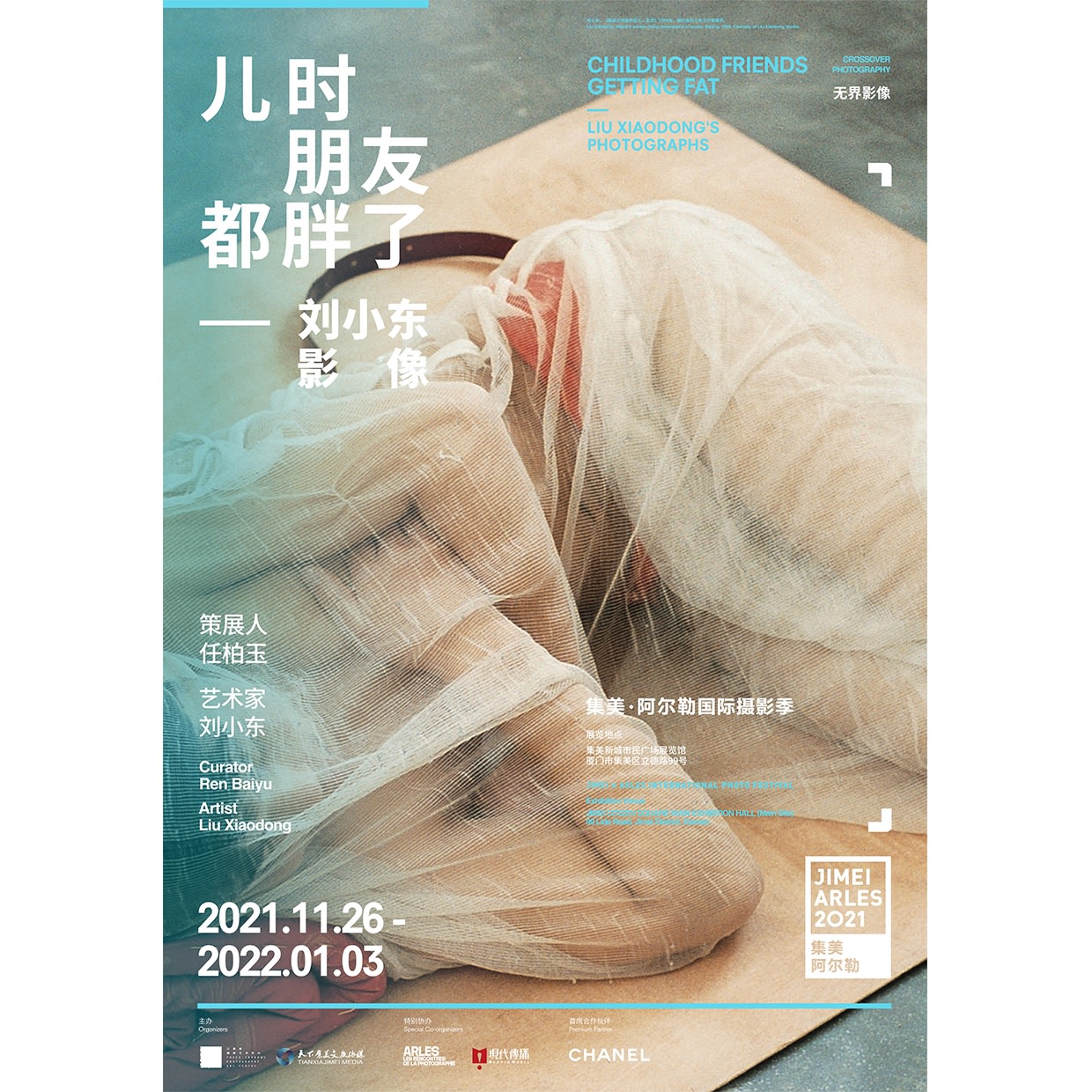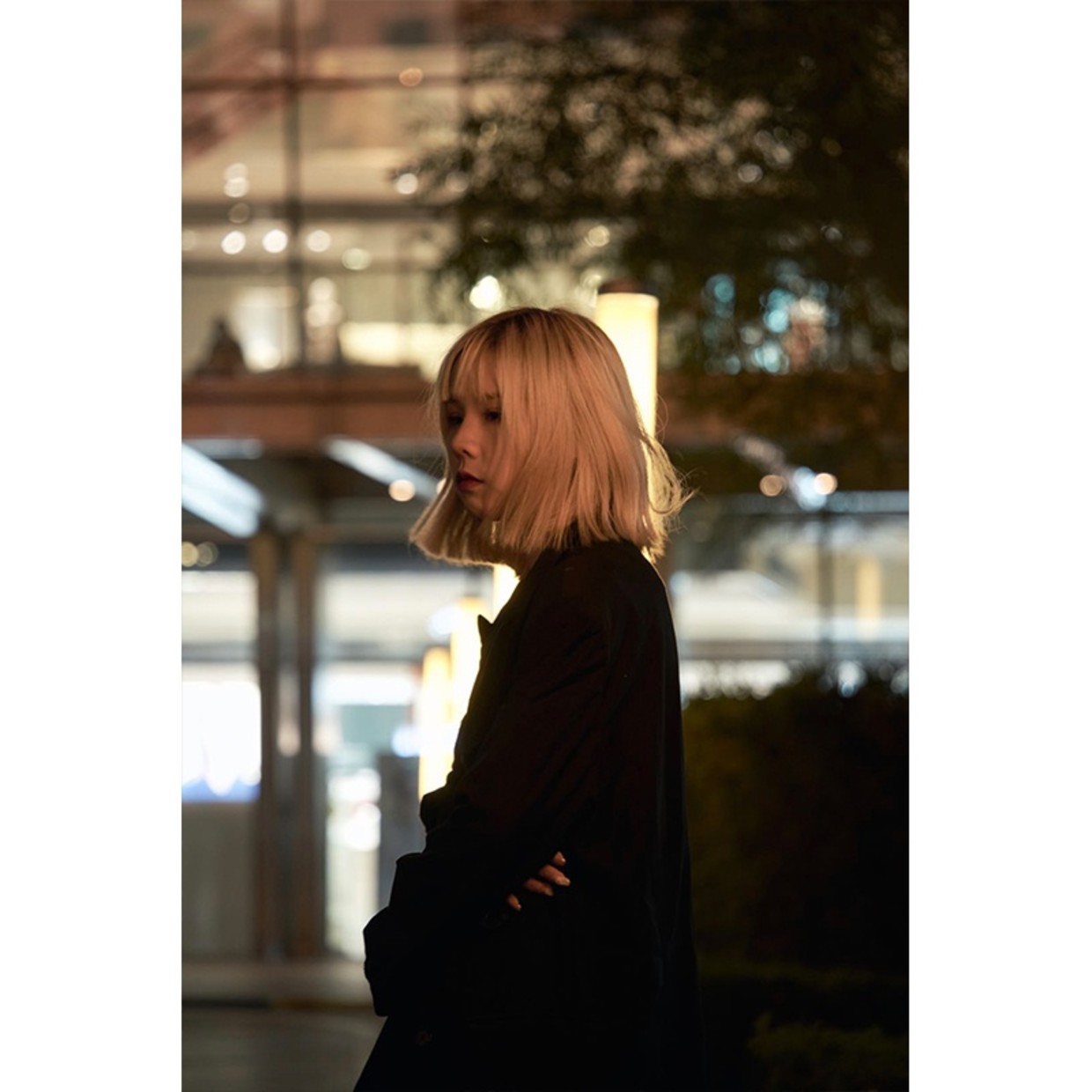LIU XIAODONG
Childhood Friends Getting Fat — Liu Xiaodong's Photographs
Curated by Ren Baiyu
Liu Xiaodong hails from China’s northeast. He primarily paints, but he also takes pictures. His pictures of northeastern public baths are no different than the pictures anyone else has taken of them. He has a standard northeastern honesty, because life is how it is, and whatever will be, will be. He has never avoided the things that are not sufficiently beautiful: gatherings of childhood friends, the chaos of a northern wedding, or the flushed faces of people singing in a KTV room. You can easily imagine him talking with his friends using hometown slang. When he painted Horse Trading in Gansu, he sat cross-legged on the ground and chatted with the horse traders, with two bottles of beer in front of him. That authenticity makes you feel that he is immersed in life, someone made of flesh and blood, someone approachable; all of this is revealed in many of his pictures. One of the best things about photography is that you can often see the person behind it through the viewfinder—who he is and what he cares about. When he photographed Yu Hong, he was a young man on the seashore who had just fallen in love. When he photographed Liu Wa, he was a father honestly capturing his daughter’s hundredth day, first birthday, coming of age, and graduation ceremony. He recorded friends painting and drinking together, and his father and mother. These are his family photos, because this is his life and his personal history.
Despite all of this, Liu is not constrained by life itself. While life is filled with practicality and specificity, before he has to rush to the next step, there is always a moment when he hesitates. In that hesitation, reality opens a crack and art has its chance. He once photographed a young worker in his studio who had pulled a piece of mosquito netting over himself during his noon break. The mosquito net looks like a wedding dress; the tired youth is draped in happiness, sleeping soundly as a child. The artist felt compelled to preserve this lively, fragile, and irreplicable scene——just like a lot of non-self-conscious photography, it comes from a simple desire, to retain something. In these pictures, it is as if God extended a hand to gently press the pause button, and everything in life that cannot be repeated was appropriately preserved.
Photography is a soft comfort: facing the young bodies, former lovers, a life about to slip away, a sun that must set, or a hometown one must leave, photography is always playing a bare-knuckle fight with time. A person must be sensitive enough to realize the importance of a seemingly insignificant moment; he must also be courageous enough to confront one inevitable loss after another with his camera, then create something from it. Photography might be Liu’s first reaction, something he met unexpectedly in the course of his life. Later, he would paint some of these scenes, but not others. Nevertheless, this is not what is important; he confronts the sighs emitted by life, without being too particular about the differences between mediums. In the end, the medium of a work of art is just a medium; what is to keep open eyes wide and heart bouncing, in this massive chaotic art scene called life.
By Ren Baiyu








